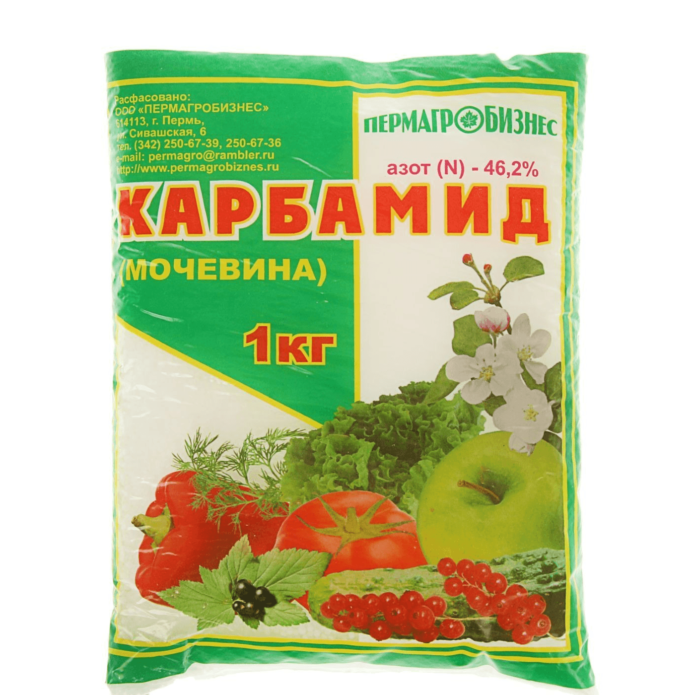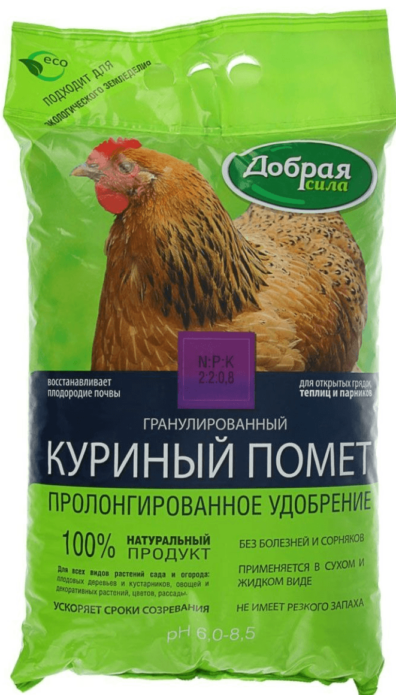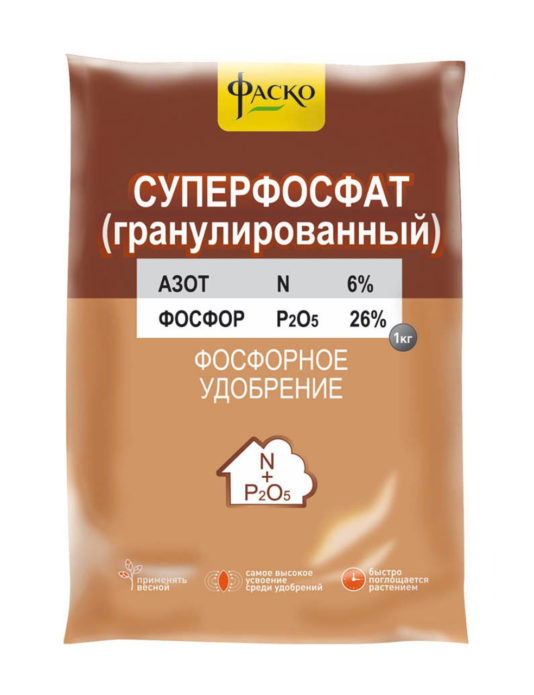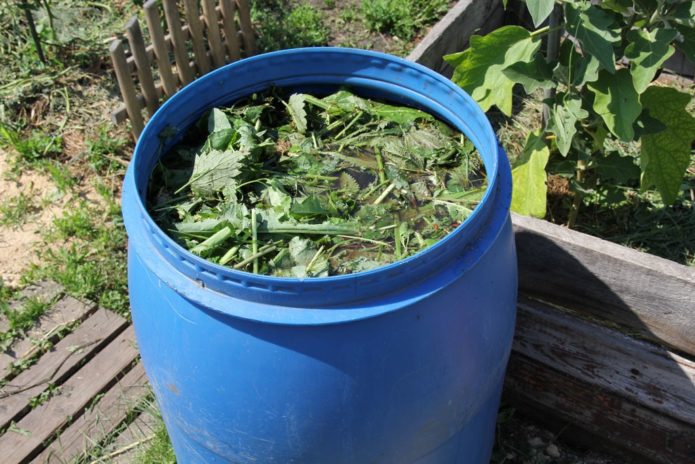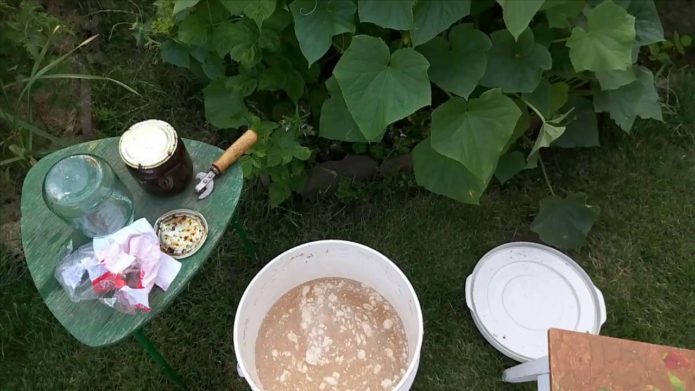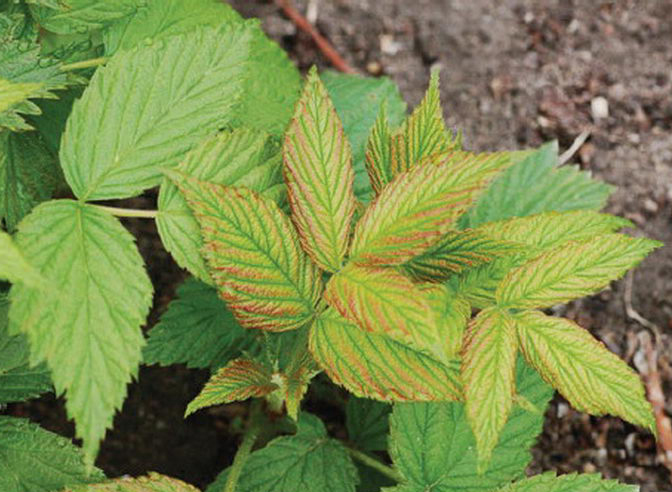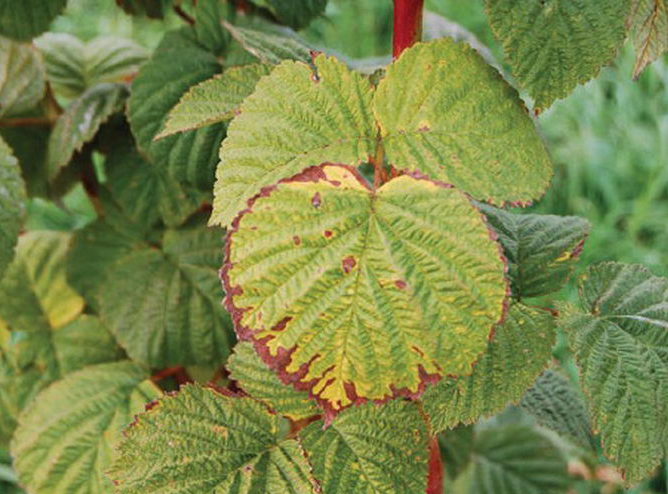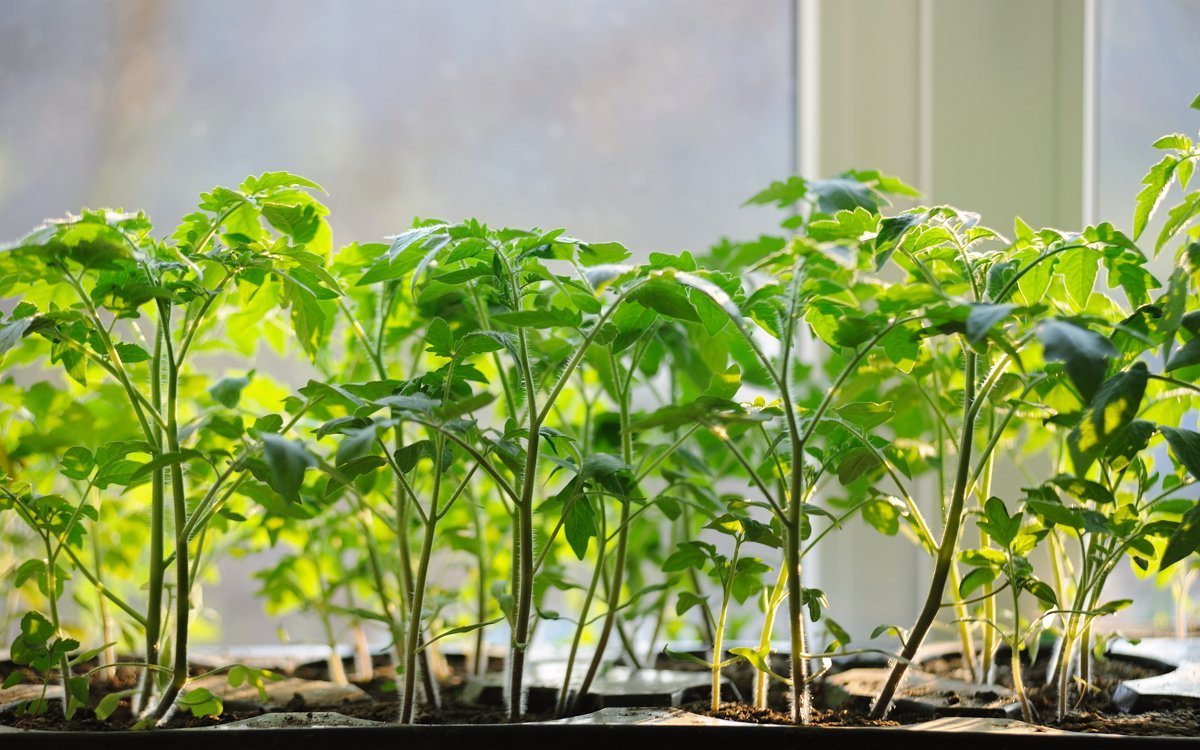Raspberries can be found in almost every garden area. Its berries are both tasty and healthy. For some reason, it is believed that raspberries are the most unpretentious shrub and can grow anywhere. In principle, one can agree with this statement. It will grow, but it is a big question to bear fruit. Like all garden shrubs, raspberries need proper and regular feeding. And only with good nutrition will she delight with abundant harvests.
Content
Fertilizers for raspberries and their application
The development of shoots, the growth of vegetative mass and the formation of berries - all this requires a large number of nutrients. In this respect, raspberries are more demanding on soil fertility than most berry bushes.
To create favorable conditions for fruiting, you need to feed the bushes in a timely manner. Without regular fertilizing, the soil is quickly depleted, which will immediately affect the harvest. Raspberry accepts both organic and mineral fertilizers well.
Nitrogen fertilizers for raspberries
Raspberry bushes are most demanding on nitrogen fertilization at the beginning of the growing season. The first top dressing is carried out in early spring with urea (urea) or ammonium nitrate over melted snow.
1 m2 you need to take 1 tablespoon of the substance and scatter it intensively over the raspberry tree. The melting snow will draw all the nutrients into the soil.
Video: feeding raspberries on melted snow with urea (carbamide)
After 2 weeks, one of the organic nitrogen fertilizers is applied (organic matter significantly improves the quality of the soil and improves its structure):
- duck, chicken or pigeon droppings (contains 1–2.5% nitrogen) - 1 part of the droppings is diluted in 20 parts of water, the bushes are watered at the root. Many agricultural firms produce pelleted chicken or quail manure. Industrial dressings are easy to use and economical;
- rotted manure - they also prepare and use a solution in the ratio of manure and water 1:10;
- compost (up to 1.5% nitrogen) - 3-4 kg per 1 m2.
You can add nitrogen ROST-concentrate with a ratio of nitrogen, phosphorus and potassium 15: 7: 7 - organo-mineral fertilizer.
Feeding with organic matter is carried out 2-3 times per season, hoping that the latter will be no later than June. During the formation of berries, nitrogen fertilizers are not applied. They are not used for late summer and autumn dressings, since they stimulate the growth of shoots, which greatly weakens the winter hardiness of raspberries.
Phosphate and potash fertilizers for raspberries
In autumn, phosphorus and potash fertilizers are applied under the raspberry bushes. Most often, superphosphate is used (the phosphorus contained in it increases the resistance of plants to diseases, stimulates the development of bushes, affects the increase in yield) and potassium sulfate (increases the resistance of plants to various diseases, increases frost resistance). One raspberry bush will need 60 g of superphosphate and 40 g of potassium sulfate... For better assimilation, fertilizers are carefully embedded in the soil around the perimeter of the bush, trying not to damage the roots.
Instead of superphosphate, especially in acidic soils, phosphate rock can be used.It is added 2 times more than superphosphate.
Complex fertilizers
Before flowering, raspberries must be fed with a complex mineral fertilizer containing nitrogen and potassium... Nitrogen stimulates the strength of the shoots so that they can withstand the load of ripening berries, and potassium is needed to pour berries and increase the plant's immunity.
You can not use potash fertilizers for raspberries, which contain chlorine. It adversely affects the general condition of the bushes and provokes chlorosis.
The following are used as complex mineral fertilizers:
- potassium nitrate;
- nitroammophos;
- ammophosk.
You need to take 15-30 g of any of these fertilizers for a bucket of water. Two buckets are spent on watering one running meter.
To prevent the water from spreading during irrigation, shallow trenches are made along the bushes.
Folk remedies
Most gardeners prefer to use folk remedies to feed their plots. The most common organic nitrogen fertilizers (chicken droppings, manure) were discussed above.
A popular and affordable organic supplement is weed infusion... Prepare it in advance, at least a few days before consumption. For this:
- A third of a bucket of chicken manure or manure is taken on a 200 liter barrel. Instead of them, you can use the biological products Shining-3 or Vostok EM-1.
- Put more weeds: about two-thirds of the barrel.
- To speed up fermentation, add sugar or fermented jam (half a liter jar).
For feeding, 1 liter of infusion is diluted in 10 liters of water and each bush is watered under the root.
In order not to burn the roots of plants, the bushes must first be watered.
Ash is a natural potash fertilizer. For summer dressings, it is better to add it along with nitrogen fertilizers, adding one glass to a bucket of infusion. In late summer or autumn, you can put a glass of ash under each raspberry bush into the soil.
An excellent organic fertilizer is obtained from potato peelings... They are used as follows:
- lay in compost heaps;
- dried cleanings are added to the planting pits when planting raspberries;
- used for mulching soil in raspberries.
A very simple but effective way of feeding raspberries when berries ripen is with yeast infusion. Prepare the infusion as follows:
- A pound of dry yeast and 500 g of sugar or a jar of old jam (1 l) are infused for 24 hours in a bucket of warm, settled water (10 l).
- Then 1 liter of the resulting infusion is diluted with 5 liters of water.
- Immediately water the raspberry bushes under the root.
Video: cooking yeast feeding
The value of feeding for raspberries
Raspberry nutrition is an important factor in the proper growth and development of the plant. The culture is more demanding for nitrogen and potassium, slightly less for phosphorus. When the soil is depleted, raspberry shoots grow thin, the ovaries do not develop and, accordingly, there will be no harvest.
The supply of nutrients from the soil is significantly affected by precipitation and watering. Frequent rains can wash out nutrients, and in dry weather, their absorption by the roots is difficult. It is necessary to carefully monitor the soil moisture throughout the entire period, and, if necessary, carry out additional fertilizing.
The lack of trace elements can be determined by the condition of raspberry leaves. Lack of phosphorus is manifested by reddening of leaf blades and petioles. To replenish the lack of a trace element, foliar feeding is required, since the assimilation of phosphorus-containing substances by the soil is very slow. For spraying, Fostar, Krista IPC preparations are suitable. Phosphorus is better absorbed by the root system only in combination with nitrogen.
With a nitrogen deficiency, the plants look weak, the leaves become pale green.It is possible to quickly eliminate the lack of a trace element with organic nitrogen-containing fertilizers. But at the same time it is important not to overfeed raspberries, otherwise its resistance to diseases will significantly decrease and the taste of berries will worsen.
First of all, the lack of potassium appears on old leaves. Necrosis of the leaf edge develops. The rest of the leaves will curl downwards, the berries will be small, tasteless and dryish. Reduced winter hardiness and immunity of plants.
In addition to nitrogen, potassium and phosphorus, raspberries need sulfur, magnesium, calcium, and iron. Most often, a deficiency of these microelements is not observed, since they are absorbed by the plant from those fertilizers that were applied during planting. Therefore, it is necessary to add potassium humate to nitrogen fertilizers in the spring (contains a number of essential trace elements)... It is necessary to take seriously the feeding of raspberries, so as not to eliminate the consequences of a lack of nutrients later.
Features of feeding remontant raspberries
Now remontant varieties of raspberries are popular among gardeners. It differs from the usual one in that it gives a harvest throughout the season. Repaired varieties require more nutrients. However, you should not increase the concentration of fertilizers; it is better to carry out one more additional feeding during the summer with complex mineral fertilizer.
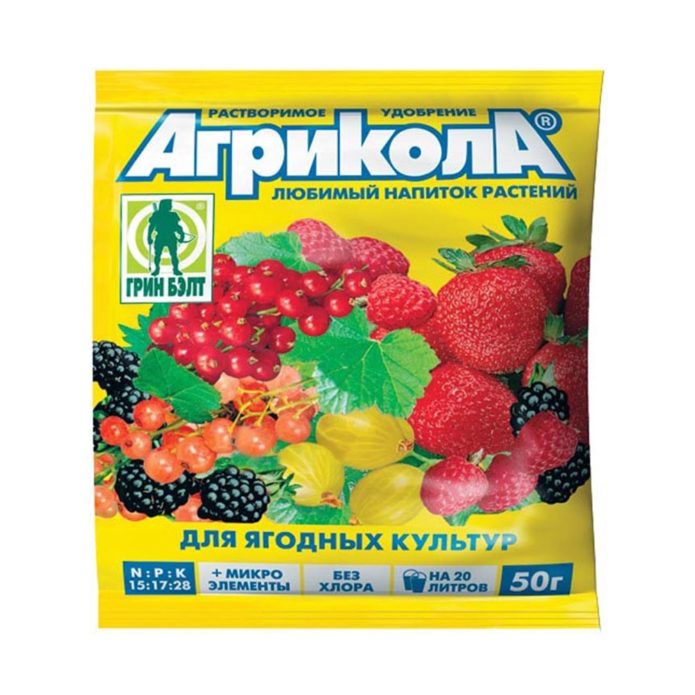
Agricola will be a suitable complex fertilizer for raspberries, which contains, in addition to phosphorus, potassium and nitrogen, also trace elements
Raspberries require increased nutrition throughout the season. You need to know exactly when and with what substances you need to feed the plant in order to get healthy bushes, a bountiful harvest, good disease resistance and frost resistance. In addition, it is very important to adjust the watering regime so that the plant can receive the necessary nutrition from the root system.
